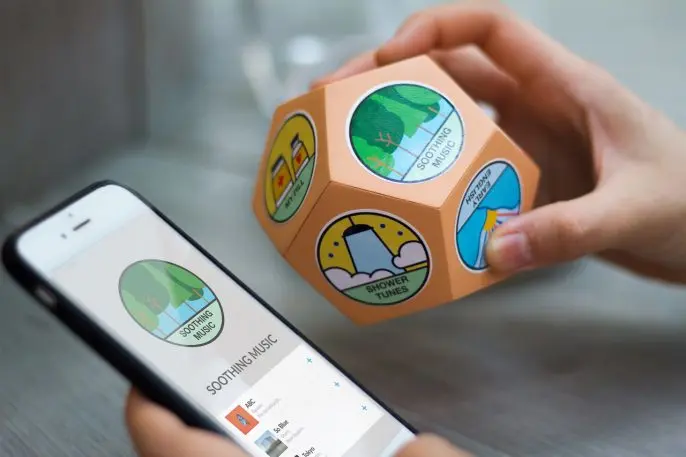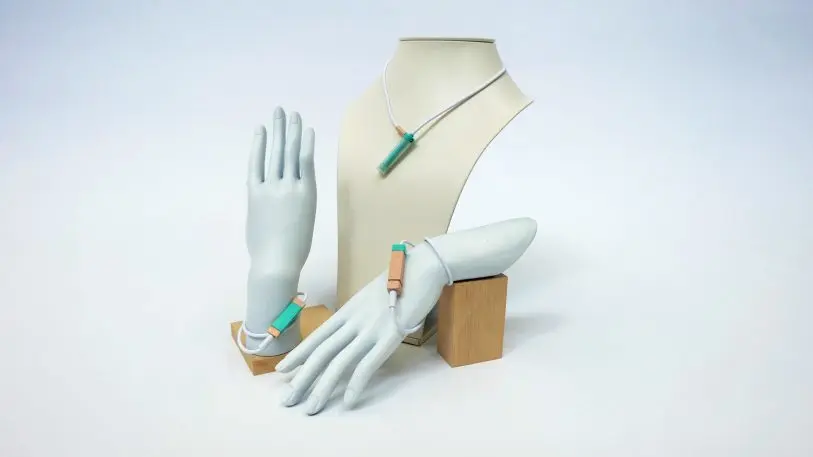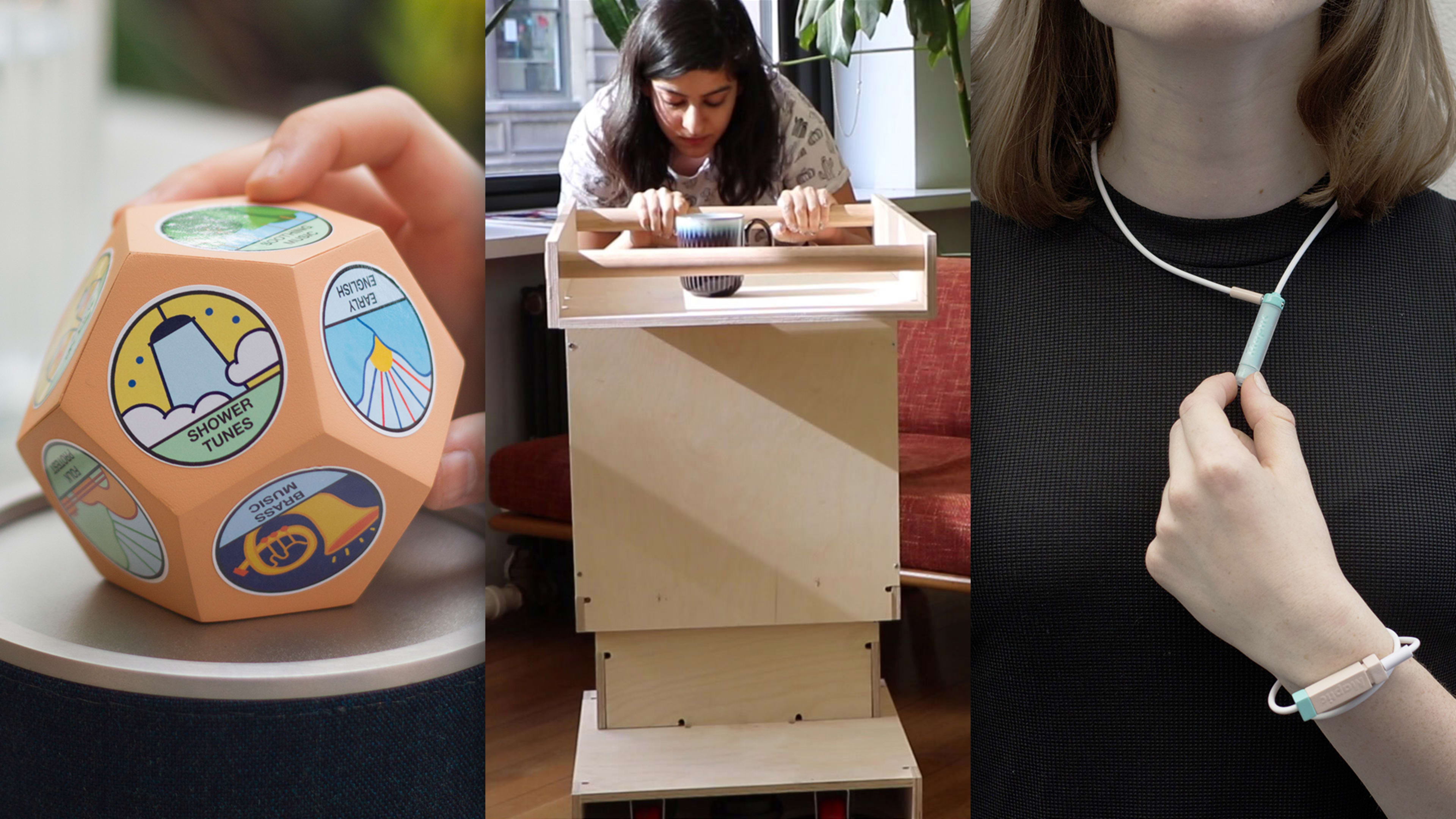Every year, Fast Company‘s Innovation By Design Awards offer a glimpse at the future of design. The student category, in particular, hints at the ideas that will occupy the next generation, and in 2018 some of the best work coming out of design schools was focused on accessibility.
Accessible design today, while chock-full of advanced technology like voice interfaces and LIDAR sensors, doesn’t need to look technologically complicated. Instead, these three student honorees show that the best accessible design looks just like furniture or sculpture or jewelry. Rather than showcasing the technology, these designs push it to the background, helping the user feel empowered to be more independent without any stigma attached.
[Image: Nour Malaeb]
Robots don’t have to look like robots
Many of today’s home robots have cute googly eyes and vaguely humanoid shapes. But Relay, a robot designed specifically to help people with physical disabilities move around the home more independently, could pass for any old piece of furniture.
Lebanese industrial designer and IBD award-winner Nour Malaeb built Relay when he was a student at the School of Visual Arts in New York, inspired by the experience of living with a close friend who has muscular dystrophy. Malaeb watched his friend struggle with even simple household tasks, like wiping spilled water off the floor or getting up from the couch. With his friend’s feedback, Malaeb designed Relay to be able to lift his friend off the couch and carry heavy loads around. And because it is disguised as a coffee table, Relay looks right at place in the home, unlike many of the medical-looking devices that are currently available as assistive aids.

Digital music doesn’t have to be played through an app
Not everyone intuitively understands how to use technology. With her grandmother in mind, UX designer and Royal College of Art grad Keri Lam created a digital music player for elderly people who only listen to music through the radio and CDs because they are confused by Spotify’s interface. Called Musy, the player takes the form of a 10-sided geometric shape. A more technologically savvy person who is purchasing the player for their loved one can choose a series of playlists from digital music services and assign each one a sticker. Once those stickers are placed on different sides of the block, the selected playlist will start playing when that side is placed up on a small stereo.
While some of the set-up is complicated (and meant to be done on the user’s behalf), Musy’s real insight is that you can leverage the power of digital music–or technology in general–without using a screen, making it more accessible to people who have been left behind.

Assistive technology doesn’t have to look medical
For sight-impaired people, navigating city streets can be a significant challenge, even if you have a GPS navigator in your ear telling you where to go. That’s the problem that Innovation By Design finalist Maptic is trying to solve: It includes a LIDAR sensor that visually scans the world around you and sends information about which direction to go, using vibrating wearables that users wear like bracelets on their wrists. As users get closer and closer to an object in their path, the wearables buzz with increasing intensity. It also integrates with GPS services, buzzing twice on one wrist or the other to indicate which direction to turn.
Industrial designer Emilios Farrington-Arnas created Maptic while he was a student at Brunel University in London. During the course of his research, Farrington-Arnas found that people are often embarrassed by overly medical assistive technology and tend to stop using it. Because Maptic’s pieces look more like jewelry than assistive medical devices, the discreet design aims to reduce the stigma that blind and low-vision individuals experience.
Recognize your brand’s excellence by applying to this year’s Brands That Matter Awards before the early-rate deadline, May 3.
